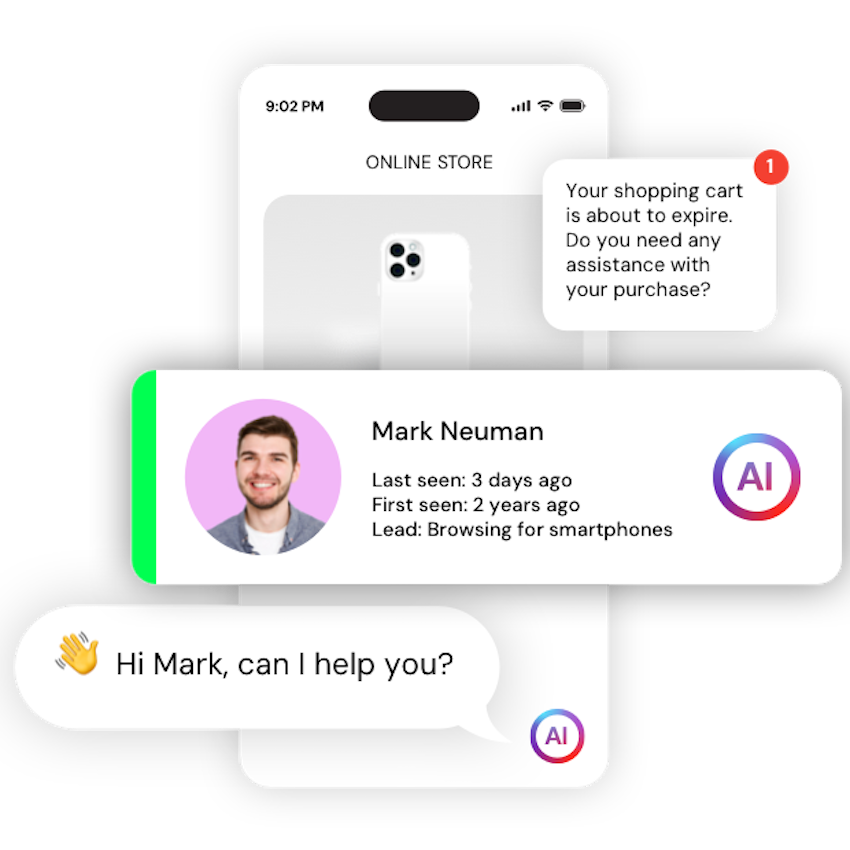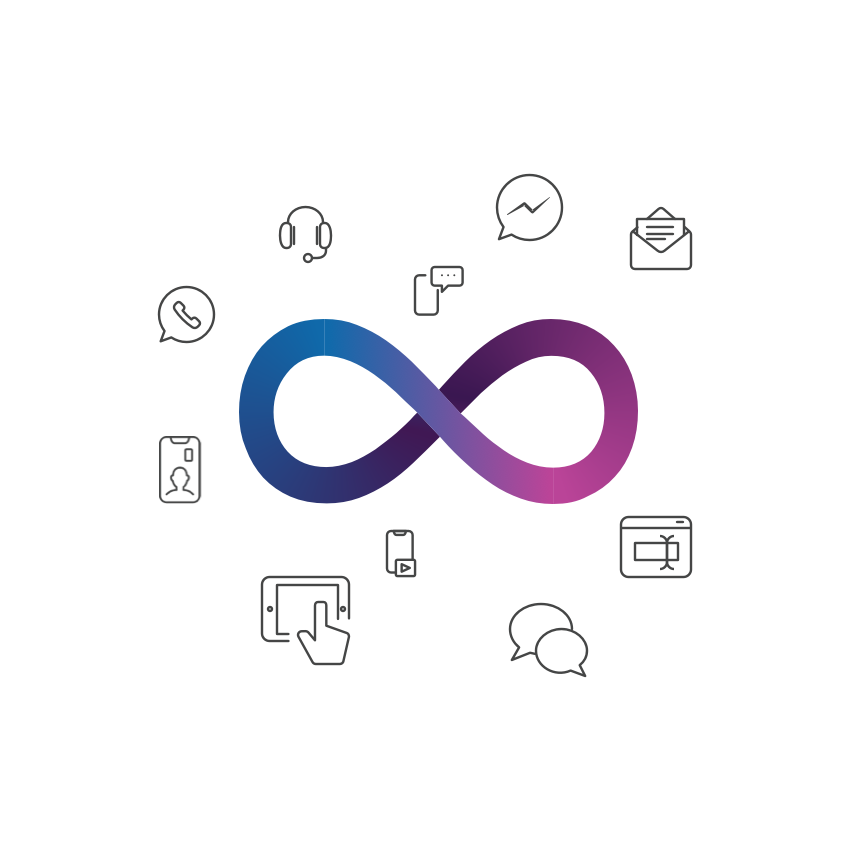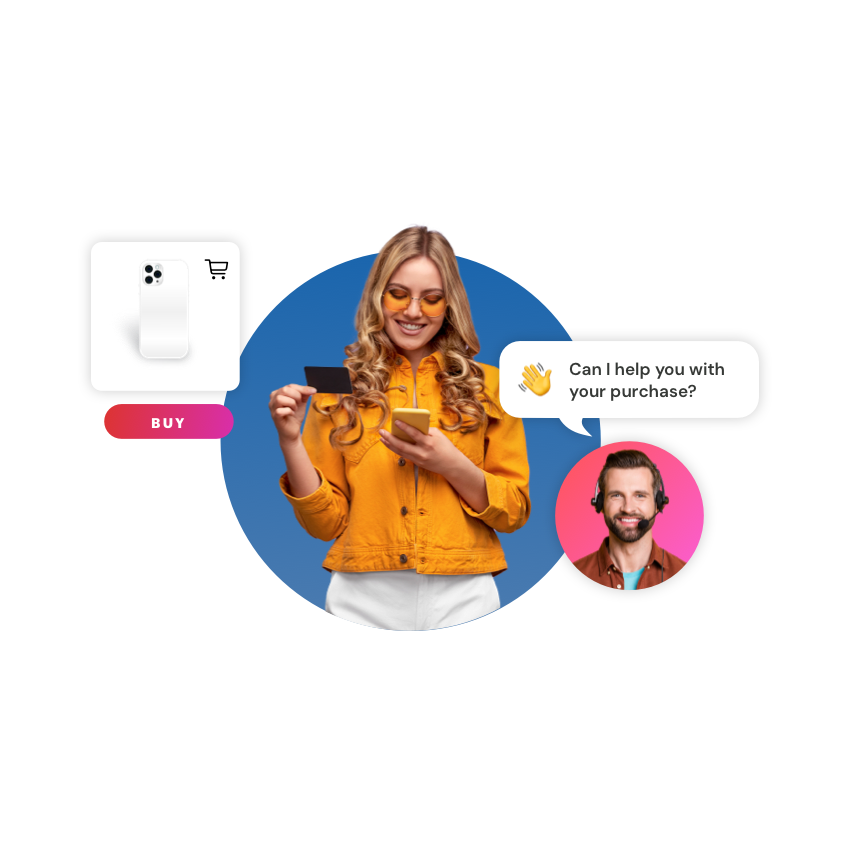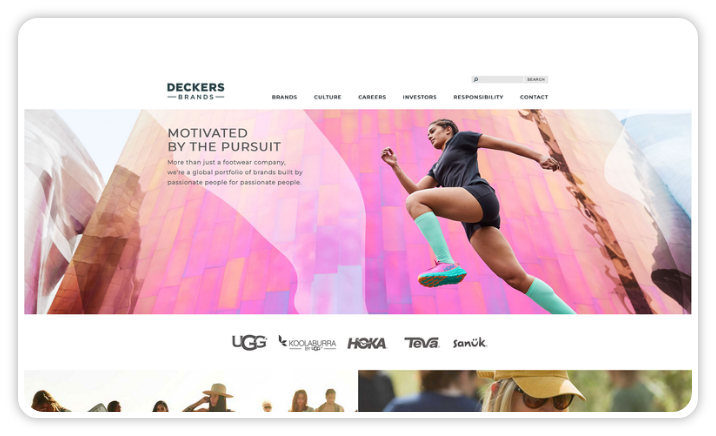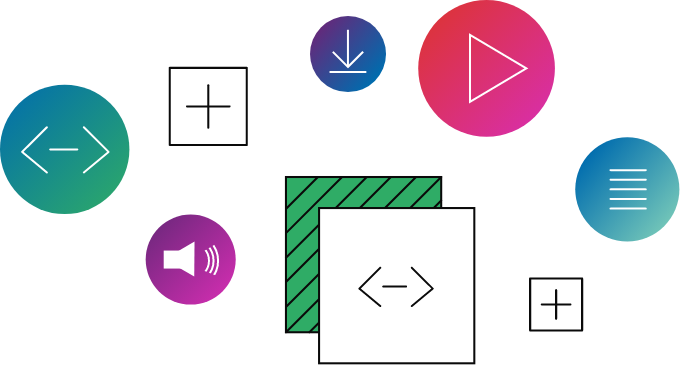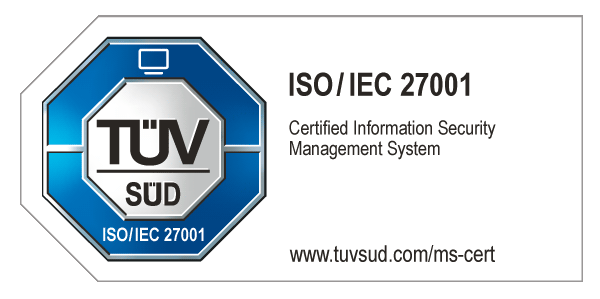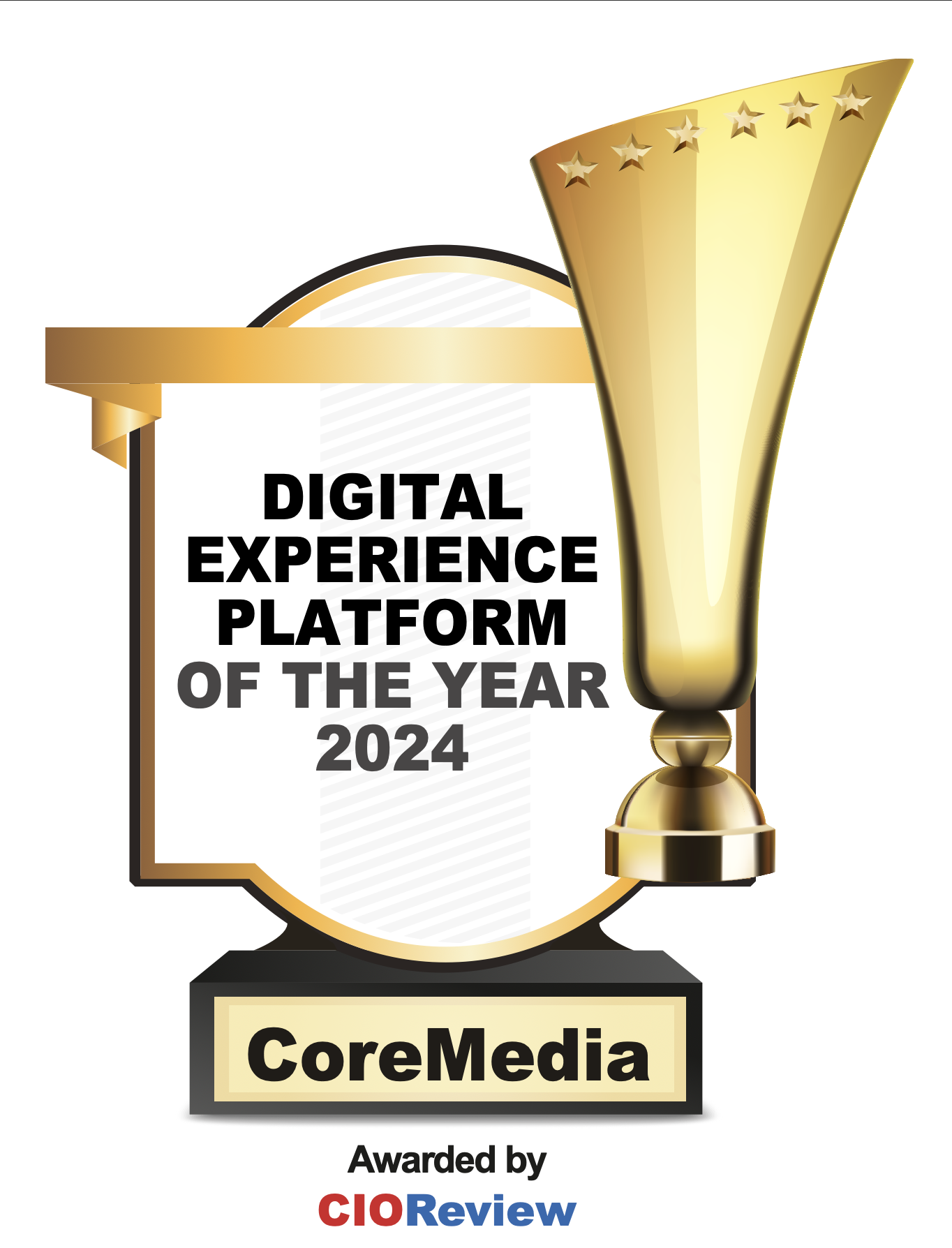Customers don’t want to wait. They expect consistent, engaging and personalized digital experiences across every touchpoint, whether they’re on your website, mobile app or social media channels. But if your business is stuck with outdated and rigid technology, delivering these experiences becomes a battle.
Many companies rely on traditional Digital Experience Platforms (DXPs) to manage digital interactions. However, these systems often come as monolithic, all-in-one solutions that require, on average, up to a year to implement. By the time they are up and running, customer expectations and business needs have already shifted, again.
Staying ahead requires a new approach and composable DXPs offer the best alternative. Instead of relying on a single, all-in-one system, businesses can handpick a mix of tools that adapt to their needs and work together more flexibly. The best of both worlds, right?
But what exactly is a composable DXP, and why should your business consider adopting one? Let’s break it down.
Defining a Composable DXP
A traditional Digital Experience Platform, or DXP, is an integrated set of technologies that help businesses manage and optimize their digital experience across multiple channels, such as websites, mobile apps and social media. It typically includes tools for content management (CMS), personalization, e-commerce and customer data analysis, all within a single system. Even though DXPs are designed to provide a consistent and personalized experience for users across their entire journey, traditional platforms can be rigid and slow to adapt to changes.
A composable Digital Experience Platform takes on a different, more modern approach. It’s a flexible, modular system that allows businesses to build and manage digital experiences around existing infrastructures. Instead of being locked into a single vendor’s suite of tools, businesses can mix and match solutions of different vendors that best fit their needs.
This composable approach allows companies to quickly swap technologies in and out as requirements change, without being held back by the existing technology or having to pay for tools they no longer need. Unlike traditional or monolithic DXPs, which are often difficult to update, a composable DXP allows organizations to innovate on a regular basis and scale, as needed.
Composable DXPs usually include:
API-first architecture: Ensures a smooth integration between different tools and platforms, from internal tools to the latest AI.
Microservices approach: Each component operates independently, minimizing the risk of system-wide failures.
Cloud-native: Provides scalability, safety and automatic updates without downtime.
Headless capabilities: Content is managed centrally and independently from the frontend, allowing seamless delivery across websites, apps and any future digital platforms.
This means businesses can adjust their digital experience faster, adopt new tools and discard outdated ones without having to rebuild their entire system or having to pay for a full suite of products they may not need.
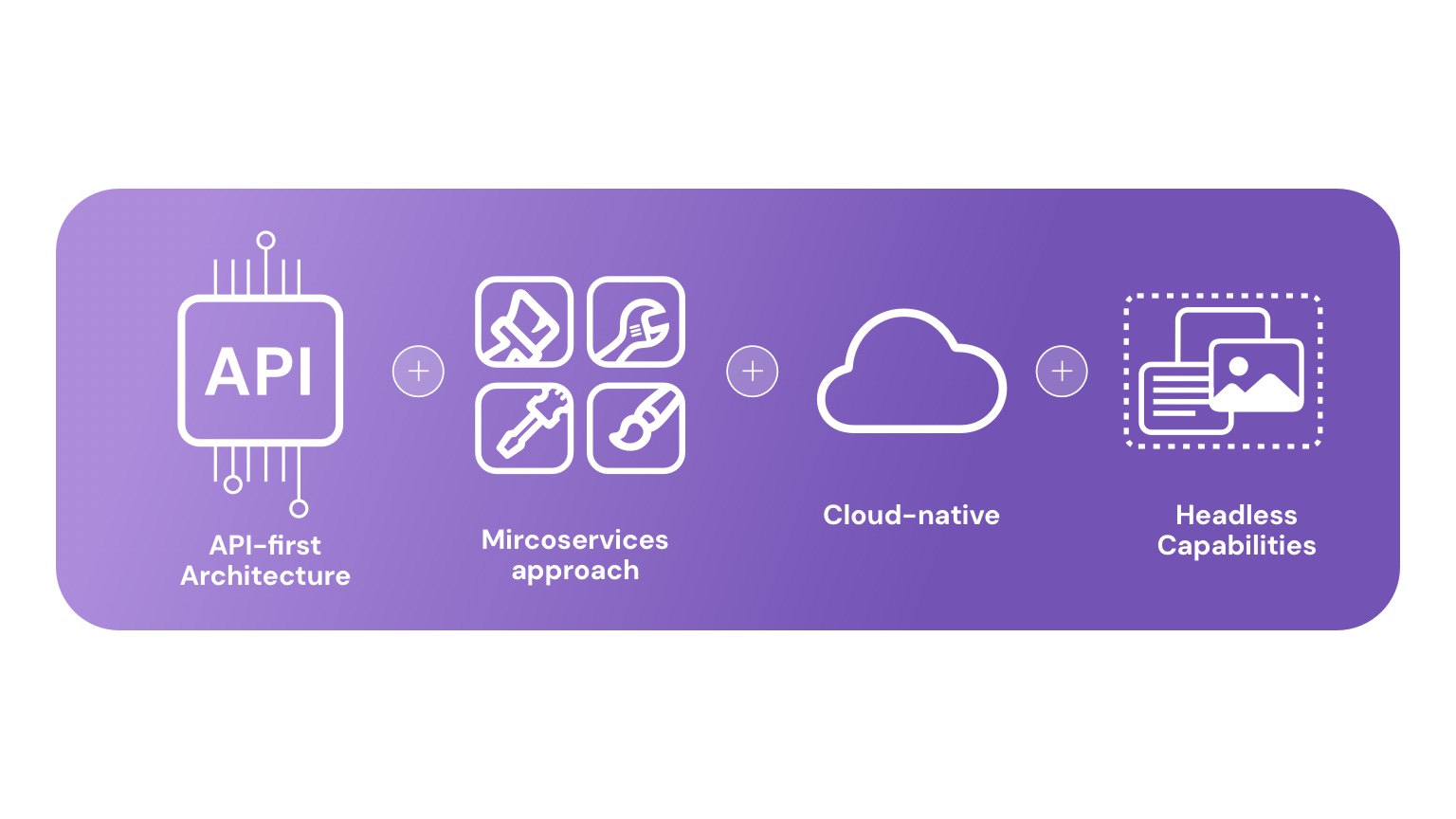
Why choose a Composable DXP for your business
If you’ve ever struggled with slow updates, limited flexibility or high costs from your current platform, you’re not alone. 70% of businesses are making the shift from traditional to composable DXPs to regain control over their digital strategy. Here’s why:
1. Flexibility to pick the tools you need
A composable DXP gives businesses the flexibility to build an ideal tech stack, making it easy to choose the right solutions and swap them out as needs evolve, instead of being locked into a rigid system.
CoreMedia’s DXP builds on this flexibility by including Engagement Cloud, a built-in segmentation and personalization tool that eliminates the need for an additional solution. It makes it possible to create tailored digital experiences out of the box, using AI-driven insights to deliver content that resonates with the customer. Additionally, pre-configured connectors make it easy to integrate with leading e-commerce platforms, streamlining workflows and accelerating time to value.
By making use of a hybrid-headless and microservices architecture, CoreMedia’s DXP ensures that content can be delivered consistently across websites, apps and other digital touchpoints while allowing businesses to independently optimize frontend experiences. Advanced testing capabilities, including AI-powered automation also help track and refine campaign performance, ensuring continuous optimization and data-driven decision-making.
This need for flexibility and rapid adaptation is also reinforced by the CoreMedia CX Consumer Study, which highlights increasing customer expectations for seamless and personalized digital experiences. A composable approach enables businesses to meet these demands by integrating the best content management (CMS), personalization, e-commerce and customer data analysis tools that align with specific needs, ensuring agility and continuous innovation.
2. Scalability without limits
A composable platform grows with your business. You can scale individual services independently, whether it’s expanding into new markets, adding new channels, integrating with third-party tools or handling spikes in traffic — all without the risk of system slowdowns, vendor lock-ins or infrastructure bottlenecks.
This means faster deployment of new features, improved resilience and the possibility to integrate the latest innovations as they become available.
3. Faster time-to-market
Speed is critical in digital experience management. A composable DXP launches updates, campaigns and new experiences up to 80% faster than traditional monolithic systems.
With pre-built integrations, modular components and reusable content structures, teams can iterate quickly without heavy IT dependencies. Whether it’s a new personalization feature, the launch of a regional website or an omnichannel campaign, it delivers faster.
4. Cost efficiency and lower maintenance
Traditional DXPs often force businesses into all-in-one solutions with unnecessary features, which leads to excessive costs. A composable model lets you invest only in the capabilities your business needs, reducing licensing fees and overhead.
Additionally, by avoiding vendor lock-in and unnecessary tools, it reduces long-term technical debt and frees up resources for other important tasks, rather than maintenance.
5. Optimized and unified experience
A composable DXP unifies data and content delivery to create a smooth and cohesive digital experience across all channels — web, social, e-commerce, customer portals, assistance channels, among others.
With real-time data integration from various systems (CDPs, CRM, e-commerce, analytics, etc.), businesses gain access to a 360-degree view of customer behavior. This allows for:
More relevant, personalized content delivered at the right time.
Better campaigns and recommendations based on real-time interactions.
Customer journey optimization, using insights from all touchpoints.
A digital experience analytics platform offers robust analytics and reporting capabilities that allow businesses to measure and analyze the effectiveness of their digital experiences.
By aligning digital experiences with user expectations, it ultimately increases engagement, conversions and retention.
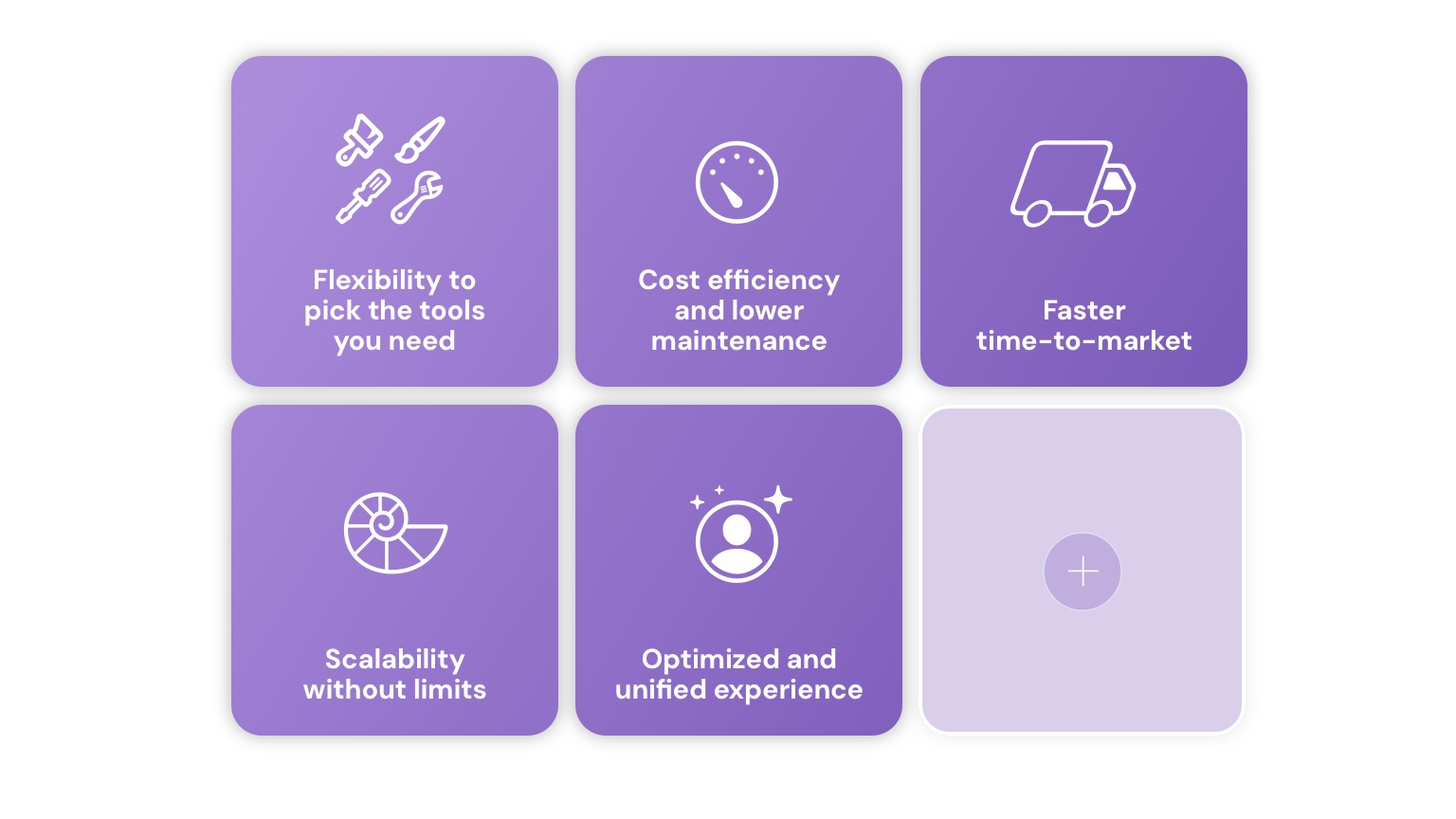
How does a composable DXP work?
Think of a composable DXP as a digital toolkit where each component is selected based on your business needs to create a tailored ecosystem.
At its core, it follows a microservices architecture, meaning that each function (e.g. content management, personalization) is handled by independent services. These services communicate through APIs, allowing to mix and match components as needed, without being tied to a single vendor.
Its headless and API-first approach ensures that the frontend is separate from backend. This gives businesses the freedom to deliver content across various channels using APIs like REST or GraphQL to integrate with different platforms.
Many composable DXPs use a cloud infrastructure to provide scalability, security and automatic updates. This setup allows businesses to scale individual components instead of the entire system, making operations more efficient. However, deployment options range from fully cloud-based to hybrid or even on-premise setups, depending on business needs.
Monolithic vs. Composable DXPs: What’s the difference?
You’ve probably heard the term “monolithic” a couple of times. This refers to traditional DXPs, which usually take an all-in-one approach. These platforms, often from a single vendor or with a limited set of compatible tools (like Adobe or Sitecore) bundle content management, personalization, e-commerce and other features into one solution. While this setup may seem convenient at first, it often leads to high costs, slow innovation and very complex integrations as business needs change.
Gartner even highlights that businesses relying on monolithic DXPs struggle to meet market demands and business goals. To stay competitive, companies must modernize their tech stacks by breaking down monoliths and adopting composable DXPs that future-proof their digital experiences.
By contrast, a composable DXP offers a modular alternative, letting businesses choose only the components they need rather than relying on a one-size-fits-all system. This approach makes it easier to adapt to new technologies, introduces updates faster and avoids the delays of large-scale system changes, among other benefits we’ve outlined previously.
How to implement a Composable DXP step-by-step
Switching to a Composable DXP doesn’t mean tearing everything down overnight. Here’s a step-by-step guide to making the transition:
Assess your needs: Identify pain points in your current system. Whether it’s slow performance, high costs or limited integration capabilities, understanding these challenges will help you define what to look for in a composable setup.
Define a roadmap: Rather than trying (and failing) to replace everything at once, plan your transition in phases. Start with essential components, like the content management system (CMS), and then expand as needed. Then, introduce new components gradually. This allows you to test and optimize each part before moving on to the next.
Choose best-of-breed solutions: Select the best tools for each application area that integrate perfectly with your existing stack. Prioritize API-first architecture and interoperability.
Ensure seamless integration: APIs are the backbone of a composable DXP. Standardizing API connections ensures smooth communication between tools and avoids silos.
Monitor and optimize: Track key performance metrics, gather user feedback and continuously refine your digital experience strategy. A composable approach allows for ongoing improvement, so make the most of it.
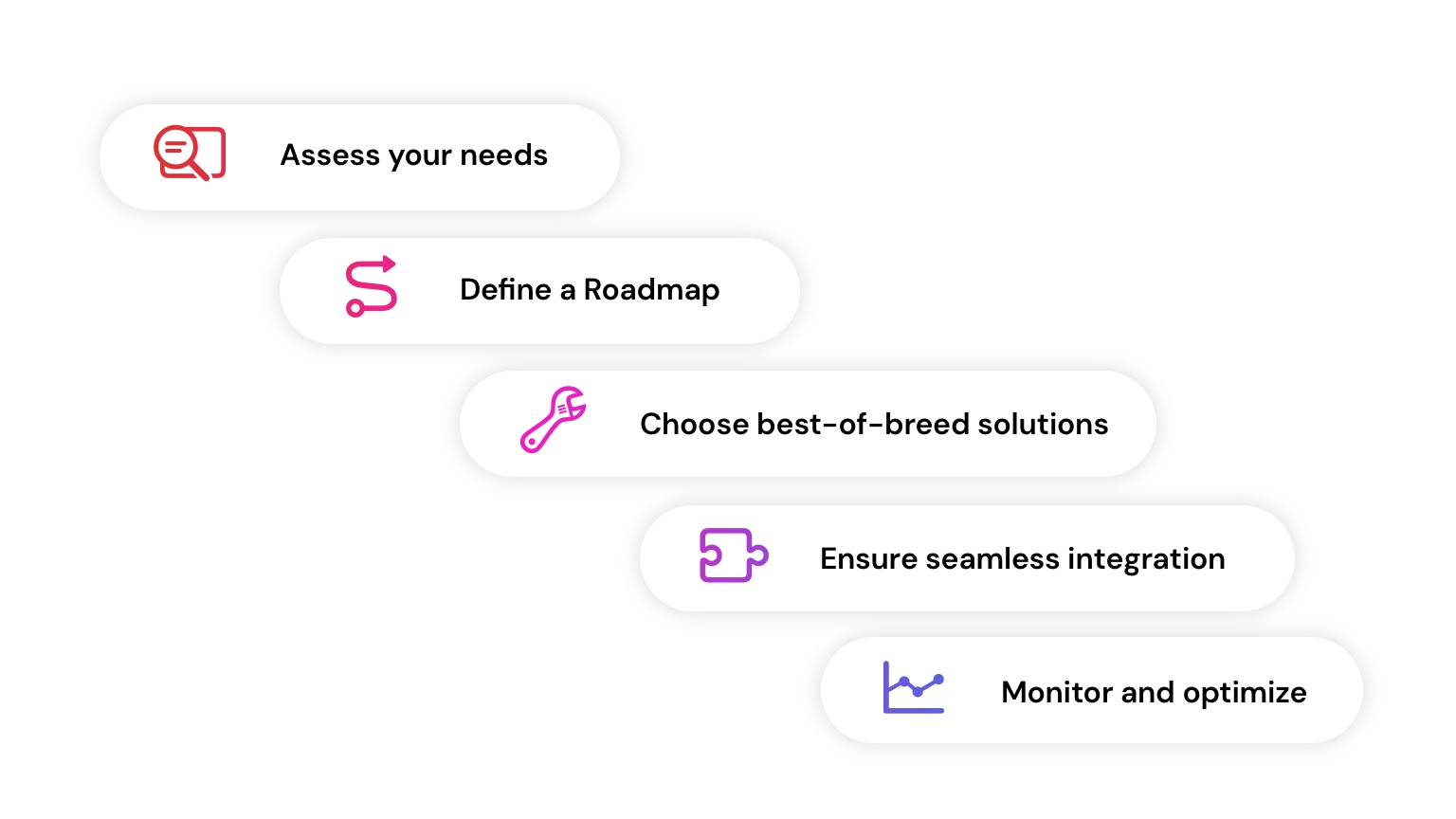
Why CoreMedia’s Composable DXP?
CoreMedia’s composable DXP is designed for businesses that want agility without disruption. Recognized in CMSWire’s DXP Guide for 2025, CoreMedia excels in Integration & Composability and Ecosystem & Support, thanks to its robust number of add-ons and seamless integration capabilities.
With CoreMedia, companies can:
Integrate best-of-breed technologies.
Leverage AI-powered personalization to enhance customer engagement.
Deliver content smoothly across all digital touchpoints.
Scale effortlessly while maintaining high performance.
Whether you're looking to modernize your existing platform or build a future-ready digital experience from the ground up, CoreMedia’s Composable DXP offers the flexibility, scalability and innovation needed to create memorable experiences.
Ready to future-proof your digital experience?
Learn more about how the CoreMedia Experience Platform can help your business build a composable, future-ready digital experience.

